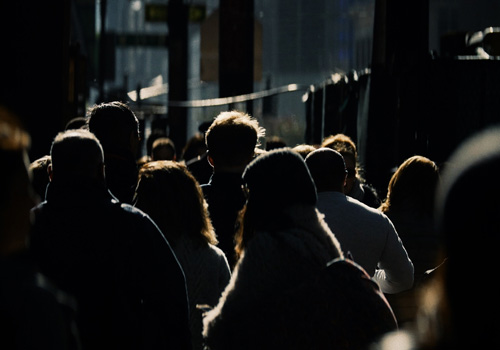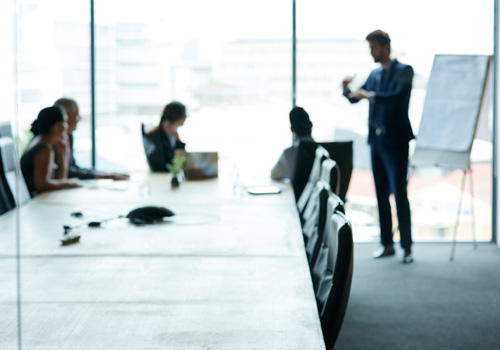プラスチックの循環促進
方針
TBMは「 環境方針」において「資源枯渇対策・循環型経済の形成」を重点課題への取り組みとして掲げています。
なぜ取り組むのか
資源の中でも、プラスチックは、使い捨ての増加や不適切な処分によって、枯渇リスクがある石油資源への依存や自然界への流出による環境汚染といった国際的な課題を抱えている資源です。また、日本国内に目を向けても、使用後の処分方法は焼却(熱回収含む)が一般的になっています。これまで海外(主に中国)に依存してきた廃プラスチックリサイクルの国内での処理能力の強化・増大も急務です。
2022年4月にはプラスチック資源循環促進法(正式名称 : プラスチックに係る資源循環の促進等に関する法律)が施行され、2019年5月にプラスチック資源循環戦略で掲げられたマイルストーン(例 : 2035年までに使用済みプラスチックを100%リユース・リサイクル等により、有効利用)の達成に向けて、あらゆる主体でプラスチック使用製品の作り方や使い方、そして回収・処分の在り方を変えていく必要があります。
取り組みの方針
TBMは、プラスチック代替素材として上市したLIMEXを通じ、お客様のプラスチック使用量抑制に貢献してきたほか、使用済みLIMEXおよび廃プラスチックのリサイクルを促進するべく、再生素材を50%以上含む素材のブランド化による付加価値向上や、廃プラスチック排出事業者と再生事業者をつなげるマッチング事業も推進しています。
TBMは、プラスチック資源循環促進に向け、自社工場を中心に、テクノロジーセンターや事務所での事業活動でも、プラスチック使用製品廃棄物等の排出抑制と再資源化等に取り組みます。また、お客様やサプライチェーン上でのプラスチック資源循環促進にも、積極的に取り組みます。
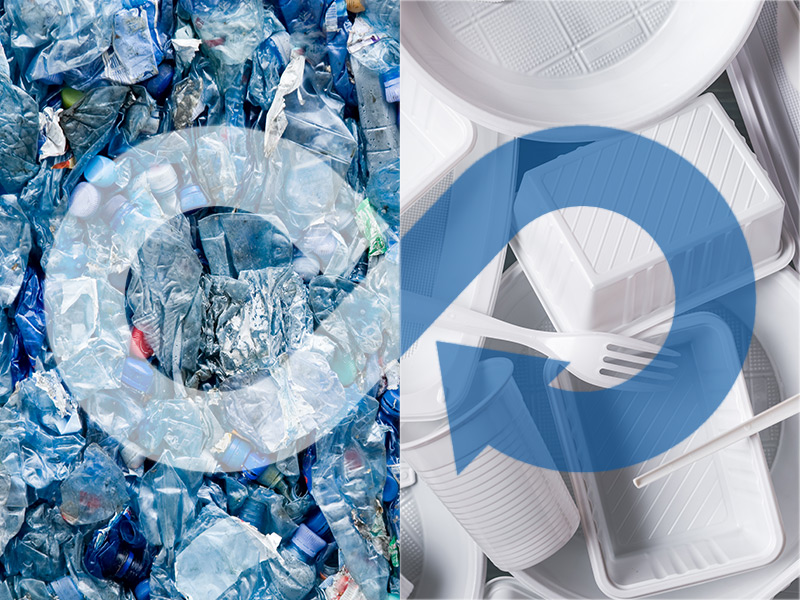
目標と現況
目標
TBMは、創業10周年にあたる2021年に、TBMの野心的な目標として「TBM Pledge 2030」を策定しました。その中で「Go
Circular|2030年までに100万トンのLIMEXとプラスチックを50カ国で循環させる」ことを目指し、世界中でLIMEX・プラスチックの回収・再資源化に取り組んでいきます。
TBM Pledge 2030について詳しくはこちら
現況
「Go Circular」達成に向けて
TBMは2022年、回収した使用済みのLIMEXと廃プラスチックを自動選別・再生する、世界初のリサイクルプラント「横須賀サーキュラー工場」を竣工しました。年間約4万トンの処理能力、年間約2万4000トンの再生ペレットの生産能力を有する横須賀サーキュラー工場の竣工は、TBMが目指す「Go Circuler」の実現に向けた大きな1歩です。
TBMの産業廃棄物(廃プラスチック類)の排出量:約7,079 t(2024年)
内訳:
・白石工場 約14 t
・東北LIMEX工場 約142 t
・横須賀サーキュラー工場 約6,922 t
・東京ラボ 約0 t
・日比谷本社 約1 t*
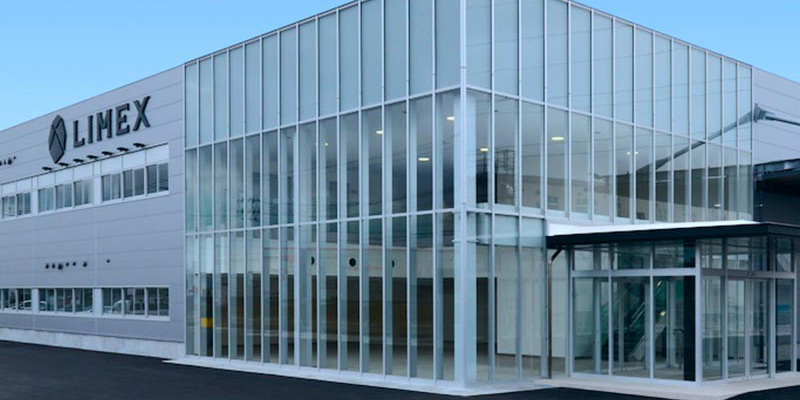
管理体制
各拠点の廃棄物関連業務担当者・管理本部・サステナビリティ部が連携し、廃プラスチックの排出量を管理しています。
年に1度、各拠点の廃プラスチック排出量を取りまとめています。
教育
現況
入社時研修で海洋プラスチック問題や資源枯渇に関する研修を行うなど、従業員の環境意識向上に取り組んでいます。
社外向け
オフィスの資源循環をコーディネートするサービス「MaaR for business」の推進により企業での分別意識、環境意識の向上をはかるとともに、サービス導入企業向けに、四半期に一度の頻度で環境通信を発行しています。この資料は、自社の従業員教育にも活用されています。
取り組み
排出の抑制 > 製造段階
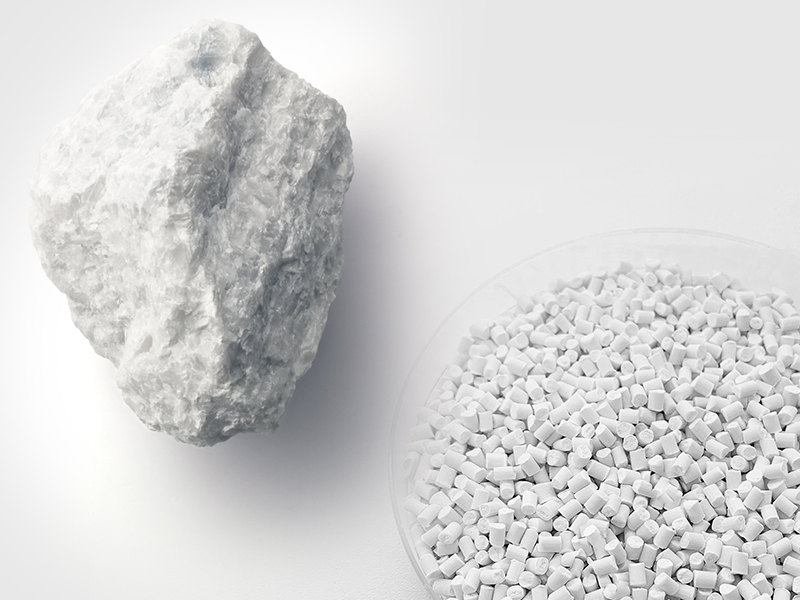
プラスチック使用の抑制
無機物を主原料とするLIMEXをプラスチック代替素材として製造・提供することで、プラスチックの使用自体を抑制しています。
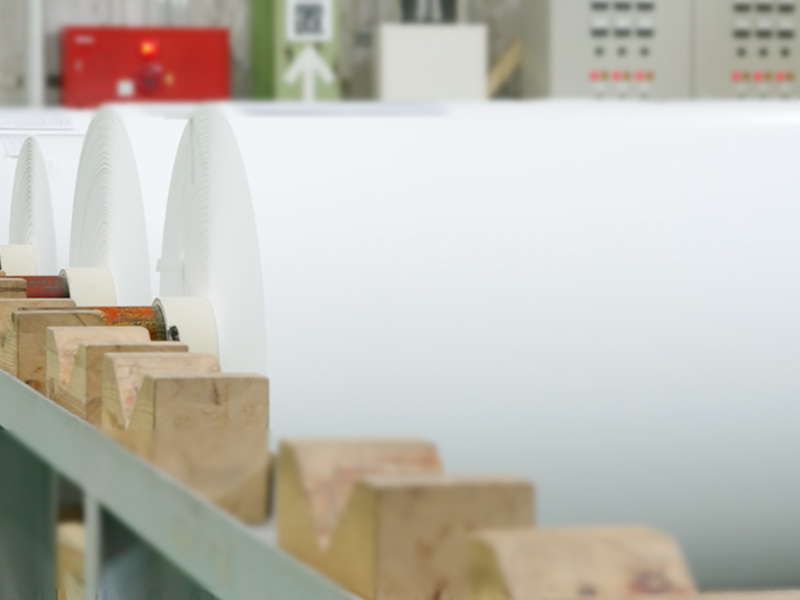
製造歩留まりの向上
自社工場における製造歩留まりの向上を通じて端材の発生の抑制に努めます。また、発生した端材を原材料として再利用しています。
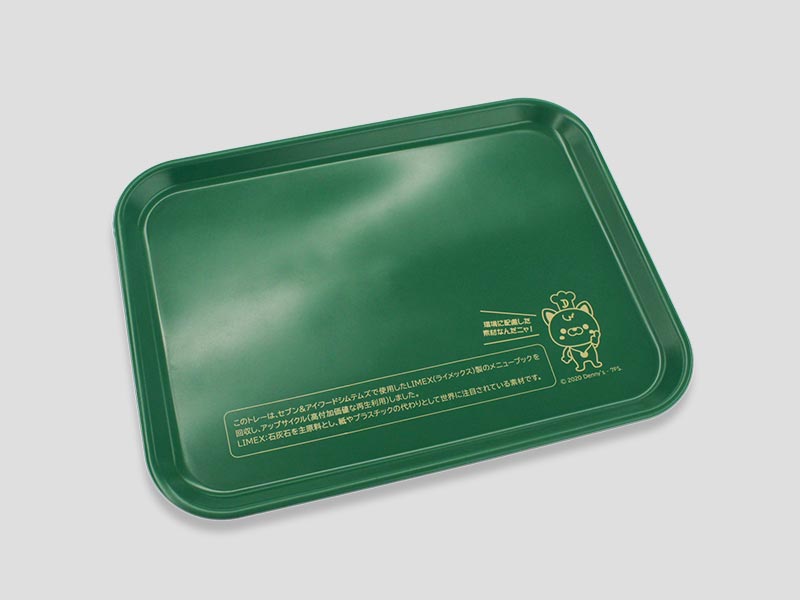
ポストコンシューマー材*の使用
ポストコンシューマー材*を使用したLIMEX製品を製造・提供することで、原材料としてのバージン(非再生)プラスチックの使用を抑制しています。*消費者が使用後に廃棄したものを資源として回収した材料
排出の抑制 > 使用段階
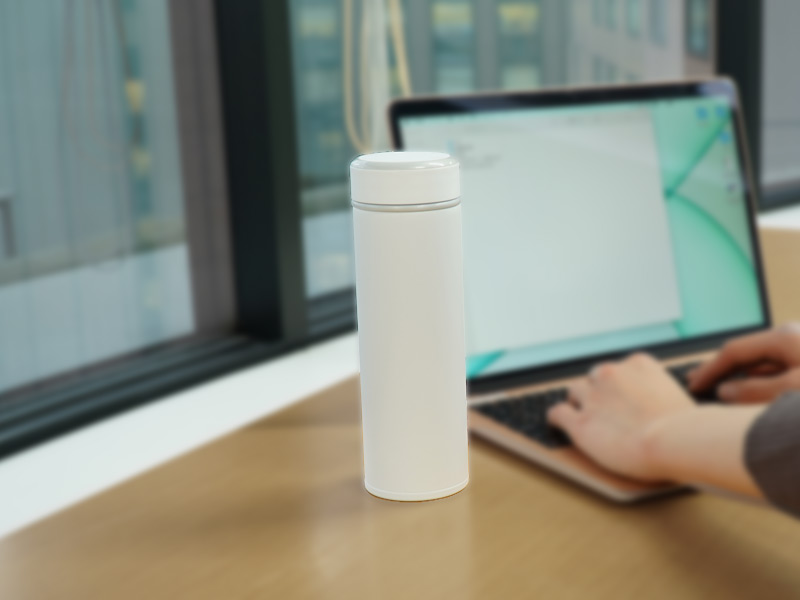
使い捨てプラスチックの最小化
マイボトルの利用を推進し、PETボトルなどの使い捨てプラスチックの使用を抑制しています。
工場やテクノロジーセンターで注文している弁当には、リユース食器が用いられています。
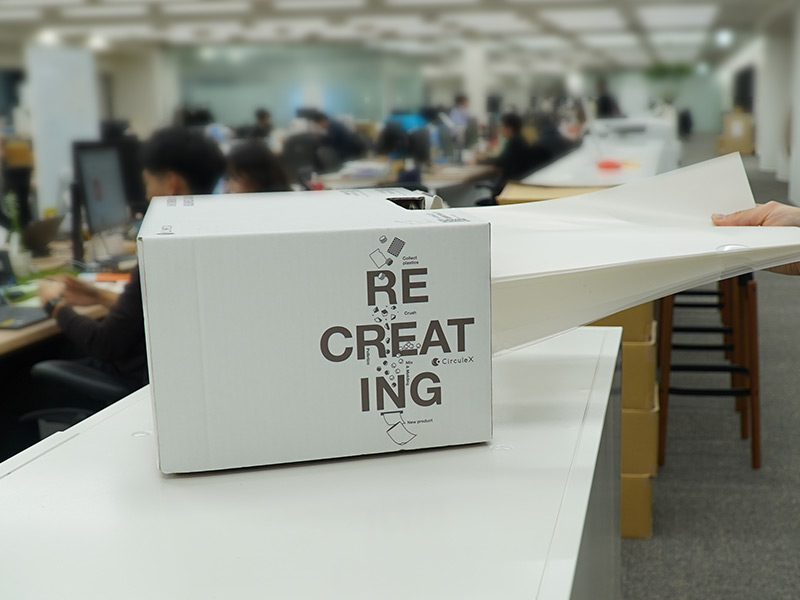
長期間使用
使用済みのクリアファイルであっても、まだ使えるものは繰り返し使用しています。
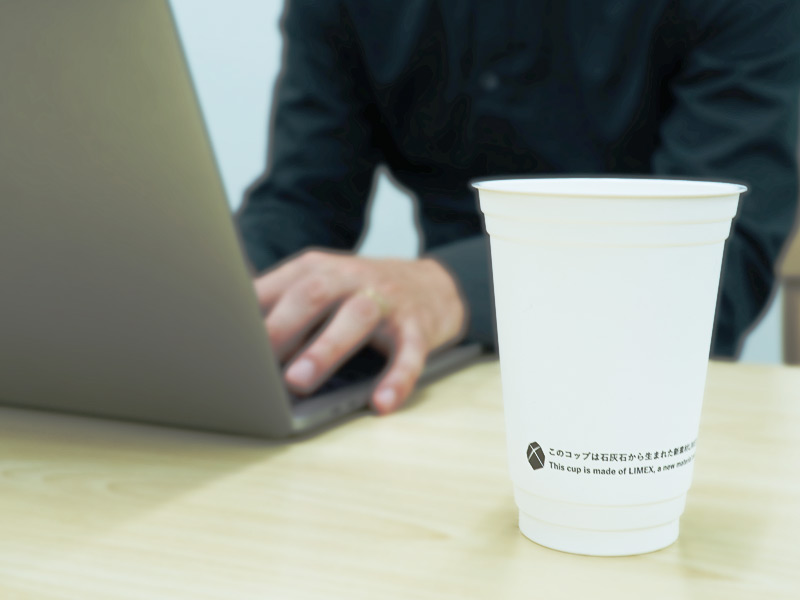
原材料の工夫
プラスチック代替素材(例:LIMEX)や再生プラスチック(例:CirculeX)を積極的に使用しています。
再資源化等
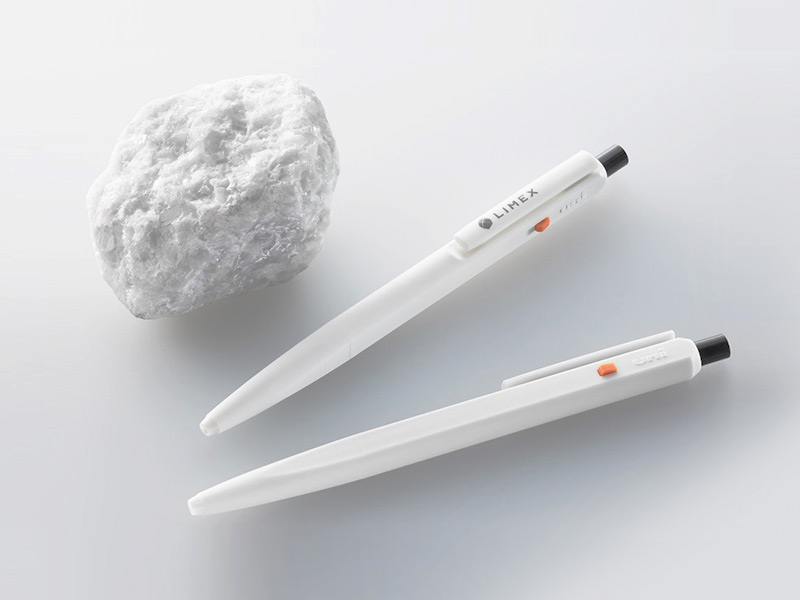
シート端材の再資源化
LIMEXを生産する際に発生する端材は、可能な限り原材料として再利用しています。原材料として再利用できないものは、有価物として販売、再資源化に努めています。再資源化された端材は、様々な製品の素材として活用されており、産業廃棄物となる廃プラスチックの削減を実現しています。
*端材の活用事例:『TBM、三菱鉛筆とプラスチック代替となる新素材LIMEXのボールペン「uni LIMEX」を発表』
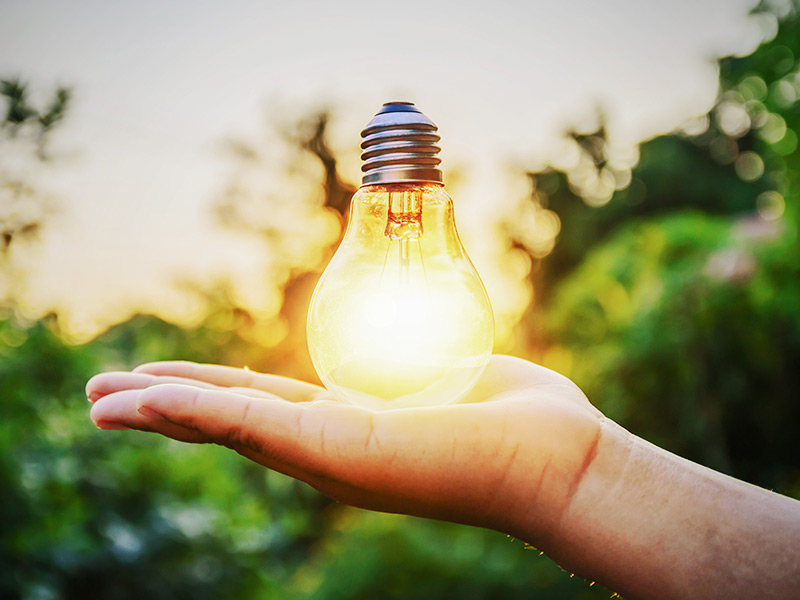
熱回収の徹底
どうしても再資源化が難しいプラスチック使用製品廃棄物等については、可能な限り高効率な熱回収を行っています。
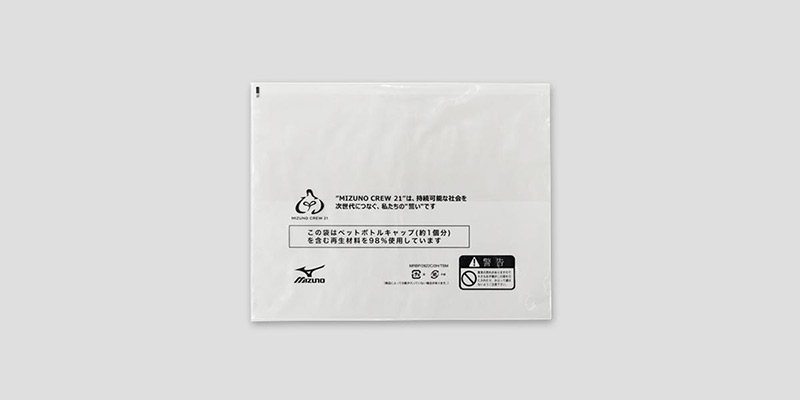
再生プラスチック活用の促進
再生プラスチックを材料に使用した包装材の販売を通して、お客様の流通段階におけるプラスチック削減にも貢献しています。
プレスリリースはこちら


